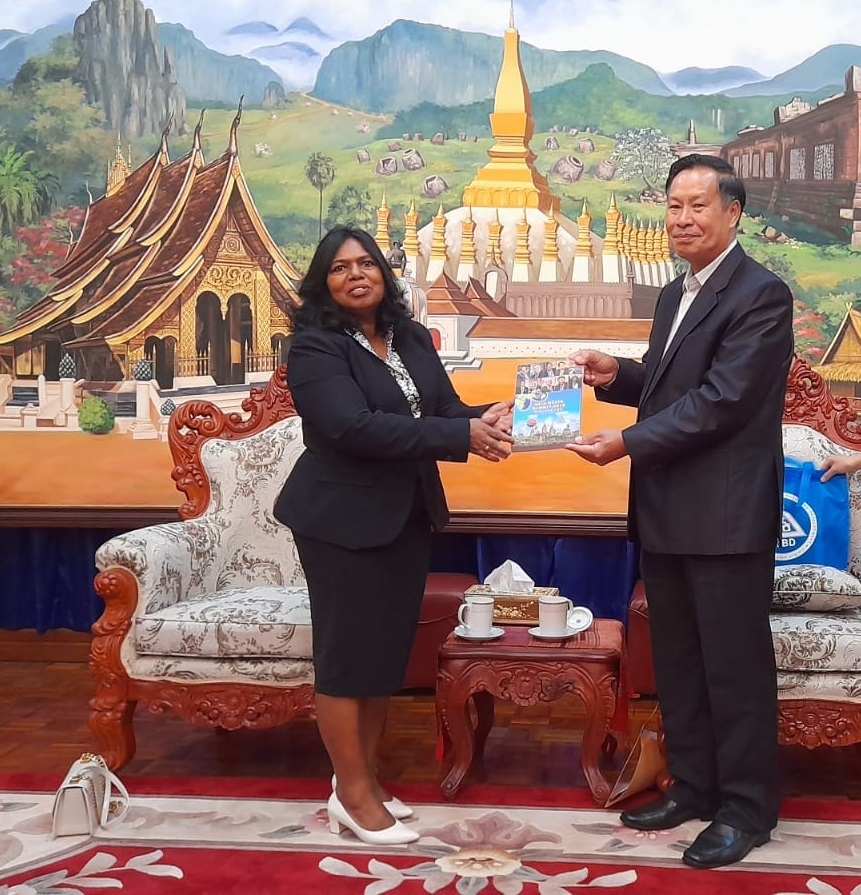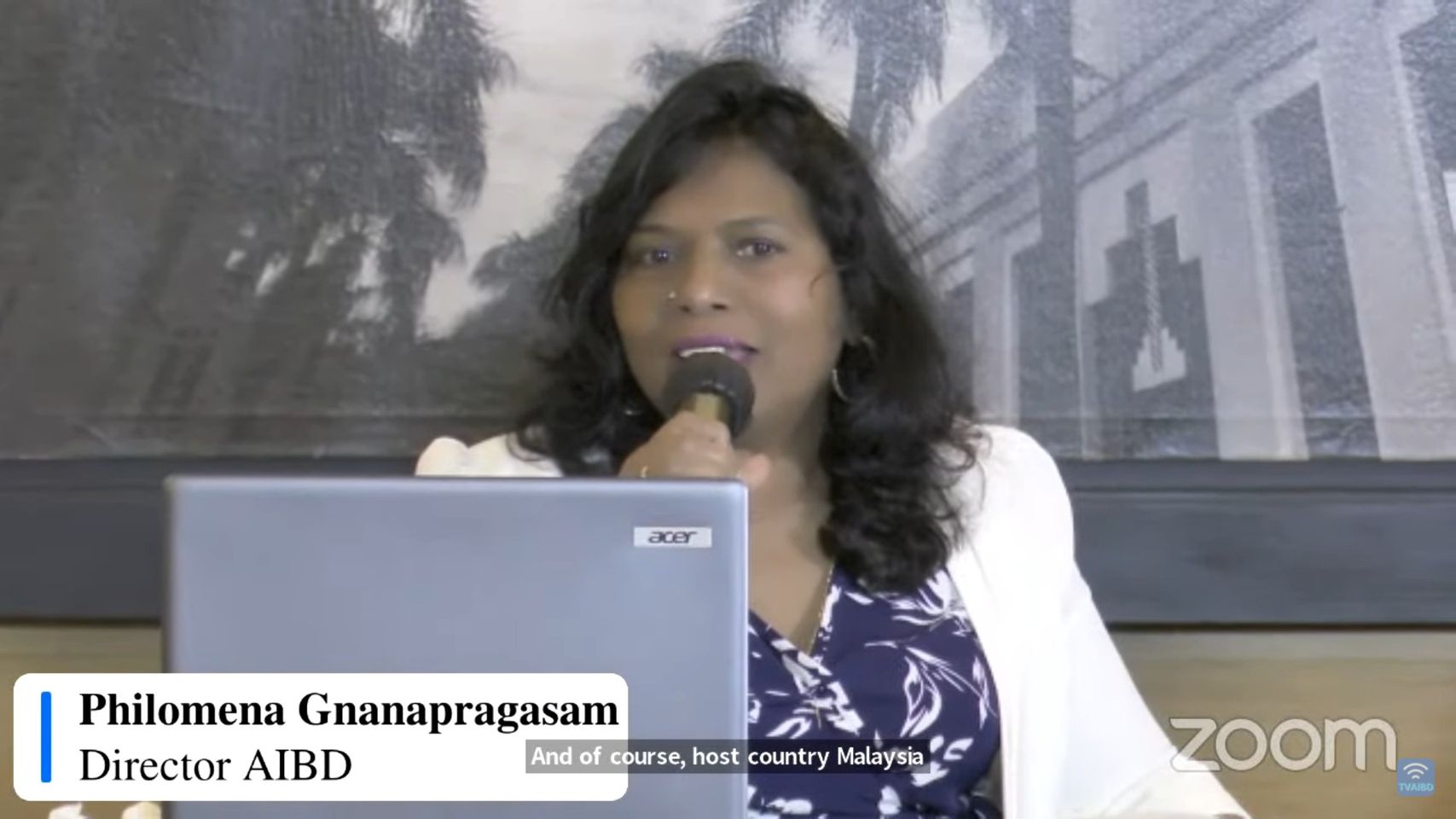AIBD/BECIL Regional Presummit Workshop on
Engineering Fundamentals in the Automation Era
22 May 2023
Bali, Indonesia
BACKGROUND
In recent years, the integration of Artificial Intelligence (AI) and machine learning has revolutionized modern engineering, including television broadcasting. Numerous regional broadcasters have successfully elevated their organizations through the implementation of AI and ML, which is essential for achieving effectiveness and efficiency in work processes in this rapidly evolving industry. Despite this, many broadcasting professionals lack a thorough understanding of the fundamental concepts and technologies that support this integration.
This workshop aims to bring together industry professionals for the purpose of exploring the significance and potential of artificial intelligence in broadcast engineering. This workshop will allow participants to analyse the inclusion of AI into the operational processes of broadcasting organisations. The workshop will focus on IT, audio, and video system fundamentals, engineering techniques, and applications. This workshop will provide participants with the knowledge necessary to better comprehend and operate within an evolving media value chain, as well as increase their confidence in using AI to enhance their production processes.
AIMS AND OBJECTIVES
The main objective of this workshop is to provide a comprehensive introduction to the key concepts and technologies of broadcasting engineering in the era of AI automation. The workshop will focus on the following topics:
- Overview of AI and machine learning in broadcasting
- Analogue-to-digital signal conversion in practice
- Signal processing for enhanced audio and video quality
- Multiplatform delivery in the era of streaming
- Radio and TV transmission technologies and trends
- Cloud-based broadcasting solutions and workflows
- Quality of experience measurement and optimization
- Augmenting broadcast operations with data-driven insights
- Advancement and new trend in converged media-IT-broadcast environment
EXPECTED OUTCOMES:
Upon completion of this workshop, participants will have:
- Understanding of the key concepts and technologies of broadcasting engineering in the era of A.I automation
- Exploring the current and future trends in the media and broadcasting industry
- Knowledge on how AI and machine learning can be integrated into broadcasting systems and workflows
- Exposure to state-of-the-art equipment and techniques used in the field
- Opportunities to network and connect with other professionals in the industry
Regional Pre-summt on Engineering Fundamentals to be organised in Bali
AIBD/BECIL Regional Presummit Workshop on Engineering Fundamentals in the Automation Era 22
Pre-Summit workshop on Leadership to be held in Bali
AIBD/EBU/DW/IPPTAR Regional Pre-Summit Workshop on Leaders for Digital Revolution 22 May 2023 Bali, Indonesia Background Digital
AIBD and TVRI Collaborate for Successful 18th Asia Media Summit 2023 in Bali
Bali, Indonesia - Ms Philomena Gnanapragasam, AIBD Secretariat Director, and
Asia Media Summit 2023 Announced
TVRI and AIBD has agreed to organise the 18th Asia
Laos Welcomes the Visit of AIBD Team
Mr. Phosy Keomanivong, Vice Minister of the Ministry of Information,
CEOs Roundtable – Reimaging Media
Diversifying revenue streams, adopting a ‘digital first’ approach, training the
Inaugural Ceremony and Keynote Address
Written by Mr Rohan Beg Edited by Ms Monica Phang The first-ever
Ministerial Session 1 – Strengthening Media in a Changing World
Written by Mr Rohan Beg Edited by Ms Monica Phang The Ministerial
AMS Closing Speech by Director, Ms Philomena
Ms Philomena Gnanapragasam giving her closing speech for the closing
AMS Concluding Remarks by President of AIBD, Mr Mayank
Concluding remarks by Mr Mayank Agrawal AIBD GC President for











